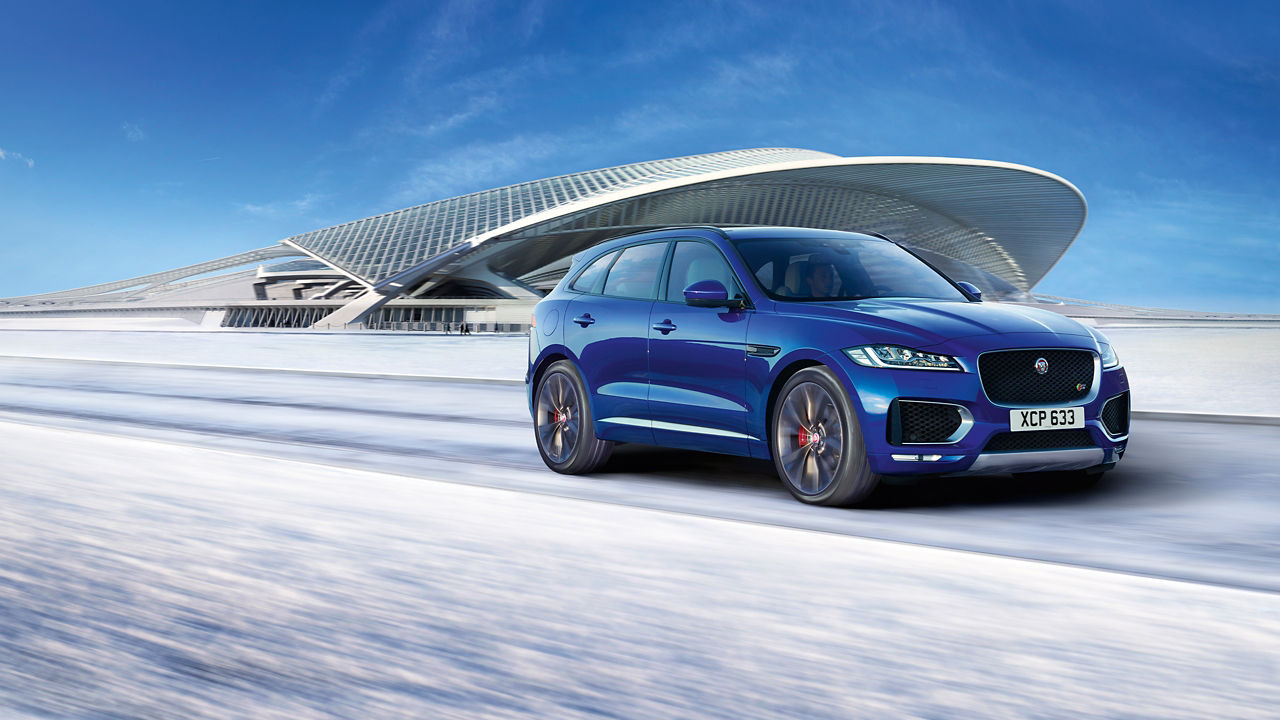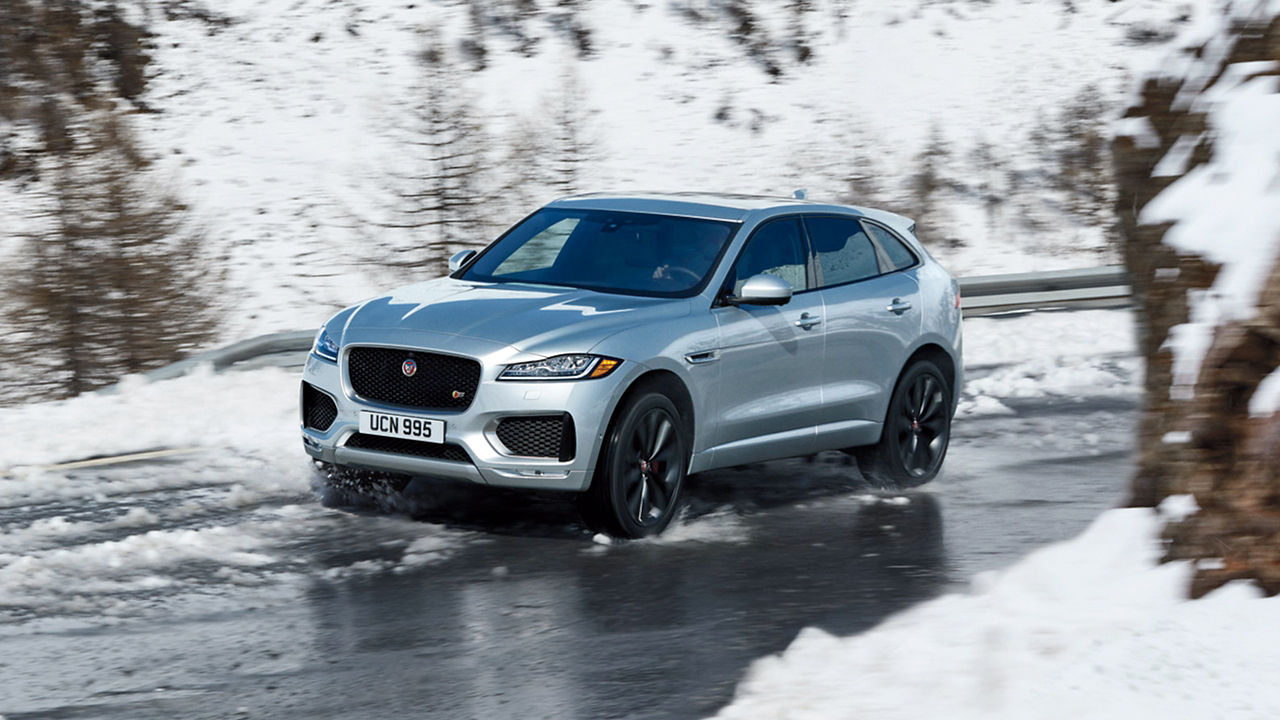AN INTRODUCTION TO ALL-WHEEL DRIVE
All-wheel drive (AWD) has become an increasingly popular option, and for many it is the deciding factor in their choice of vehicle. From AWD sedans, to AWD SUVs and AWD sports cars, the range of vehicles offering it is vast. But what is AWD, and why is it useful?
WHAT IS ALL-WHEEL DRIVE?
All-wheel drive gives the driver increased confidence on any road surface and in all weather. The system spreads the power from the engine to all four wheels, instead of just two, providing increased grip. From loose gravel surfaces in mid-summer to icy winter roads, all-wheel drive vehicles offer greater stability and control.
The system is always active and works continuously without the need for the driver to switch from two-wheel to all-wheel drive.
All-wheel drive isn’t just safer - its superior traction delivers more dynamic handling and greater composure when engaged in more spirited driving.
JAGUAR ALL-WHEEL DRIVE SYSTEMS
Every vehicle in the Jaguar range is available with all-wheel drive. This means that in normal driving conditions, 90% of the torque is committed to the back wheels, ensuring that every one of our AWD vehicles retains Jaguar’s dynamic rear wheel drive feel for a more enjoyable driving experience.
When the system detects that more traction is needed, it seamlessly transfers as much torque as is required to the front wheels to improve stability. The system is constantly working to find the optimum balance of traction and performance, so the moment it establishes that additional traction is no longer required, power is returned to the rear axle.






